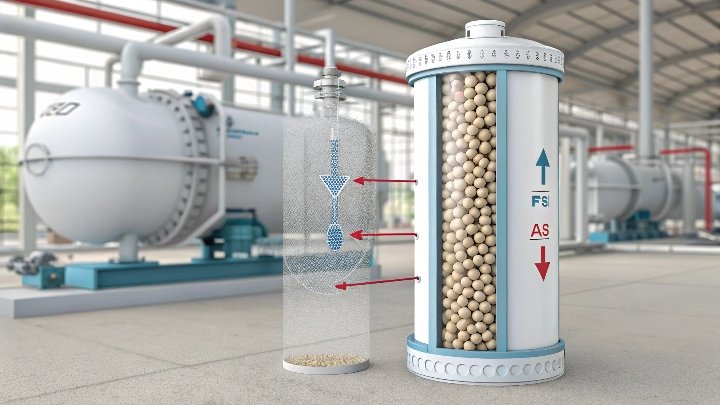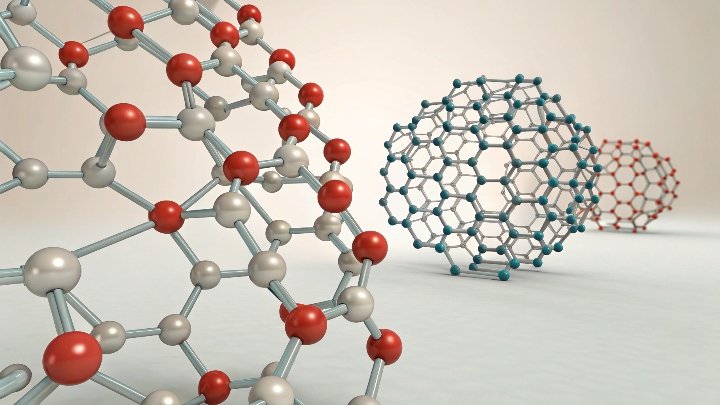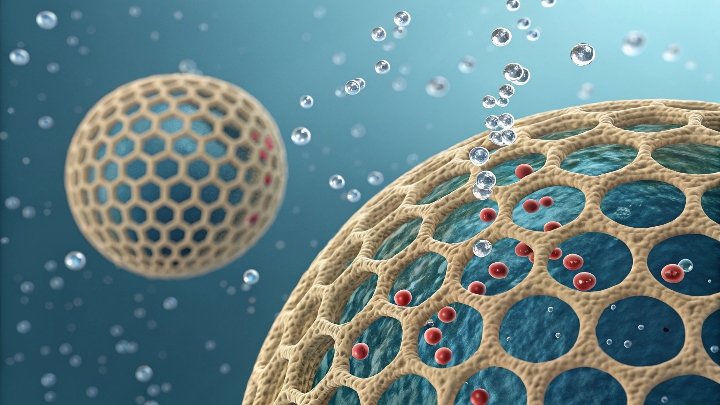If you’re in charge of an adsorption system, you know that small mistakes can lead to big losses. Here are five adsorption rules that could save you time, money, and headaches.
Many plant engineers overlook fundamental adsorption rules that can significantly impact performance. Understanding pore size, pressure-temperature settings, and sieve choice can prevent costly errors and extend equipment lifespan.
By understanding these key adsorption principles, you can avoid common mistakes and enhance system efficiency. Let’s dive into the details to help you optimize your processes.
Why Your Sieve’s Lifespan Is 30% Shorter Than Competitors’? (Hint: It’s All About Pore Size)
Is your sieve wearing out too quickly? You might be ignoring the most important factor: pore size. This seemingly small detail can make or break the lifespan of your sieve.
Pore size plays a crucial role in determining how efficiently molecular sieves can adsorb and release gases. Choosing the wrong size can cause premature wear and reduce the sieve’s lifespan by up to 30%.
Molecular sieves are designed to trap molecules based on their size. When choosing a sieve, the pore size must match the molecules you want to adsorb. If the pores are too large or too small for your target molecules, the sieve will either fail to adsorb effectively or wear out much faster. This mismatch can lead to a significant decrease in adsorption capacity, forcing you to replace the sieve more often than necessary.
Furthermore, the rate at which gas molecules are adsorbed and desorbed depends heavily on the sieving material's microporosity. Microporosity determines how many active adsorption sites are available, directly impacting the sieve's overall efficiency and lifespan. For example, a 4A sieve might be ideal for removing water from natural gas, but it might not perform as well with larger molecules like CO2.
Choosing the right pore size requires a balance between maximizing adsorption capacity and maintaining sieve longevity. Overestimating or underestimating pore size for your process can be costly. Therefore, understanding the characteristics of your feed gas and selecting the appropriate sieve is essential for optimal performance.
The Pressure-Temperature Hack 87% of Plants Ignore – And How It’s Costing Them 50k/Year
Many plants fail to optimize their pressure and temperature settings, leaving money on the table. If you’re not using the right pressure-temperature combination, you could be losing thousands every year.
Pressure and temperature are critical for maximizing adsorption efficiency. By adjusting these variables, plants can increase capacity and extend the lifespan of their sieves—saving up to 50k annually.
The relationship between pressure and temperature is essential to maximize adsorption efficiency. Most engineers are aware that increasing pressure and decreasing temperature enhances adsorption. However, the trick lies in understanding the right balance for your specific system.
Increasing pressure forces more molecules into the sieve’s pores, increasing adsorption capacity. On the flip side, lowering temperature reduces the kinetic energy of the molecules, allowing them to stay trapped in the pores longer. But if the pressure or temperature exceeds the optimal levels, it can cause issues like sieve damage or reduced efficiency.
What many plants fail to realize is that continuously running systems at incorrect pressure or temperature can lead to significant operational losses. Not only does it increase energy consumption, but it also shortens the lifespan of the molecular sieve, requiring more frequent replacements. This is an area where many plants overlook potential savings, and the total cost can easily add up to $50k annually or more.
The key is to monitor pressure and temperature levels and adjust them to match the unique needs of your adsorption process. Optimizing these variables can lead to more efficient operation, lower energy costs, and fewer replacements, ultimately saving your plant money.
Type A vs X vs Y: Which Sieve Steals 40% Less Energy? (Real Data Inside)
Choosing the right type of sieve isn’t just about adsorptive capacity—it can also affect your energy consumption. Here’s how the different types compare in terms of energy efficiency.
Different types of molecular sieves—Type A, X, and Y—offer distinct benefits in terms of energy savings. Type A, for example, can reduce energy consumption by up to 40% compared to others.
The choice between Type A, Type X, and Type Y sieves often comes down to the specific needs of your process. Type A sieves, with their smaller pore size, are best suited for applications like drying and gas separation. They have a high adsorption capacity for small molecules, which makes them ideal for energy-saving processes. By using Type A sieves, many plants have reduced their energy consumption by up to 40%.
On the other hand, Type X and Type Y sieves are more efficient for applications involving larger molecules, such as CO2 or larger hydrocarbons. While these sieves are more robust and capable of adsorbing a wider range of molecules, they can also consume more energy in the process due to their larger pore sizes.
Understanding which sieve to use in your specific process is crucial for balancing energy efficiency and adsorption capacity. Real-world data shows that plants using Type A sieves for appropriate applications experience a marked reduction in energy costs, especially in systems where energy consumption is a significant factor in operational costs.
Therefore, when selecting a sieve, don’t just focus on adsorption capacity—consider the energy consumption as well. Choosing the right sieve for your needs can result in substantial energy savings and a lower overall operating cost.
Conclusion
By optimizing sieve choice, pressure-temperature settings, and understanding pore size, you can reduce operational costs, improve efficiency, and extend sieve lifespan. Small adjustments lead to big savings.






